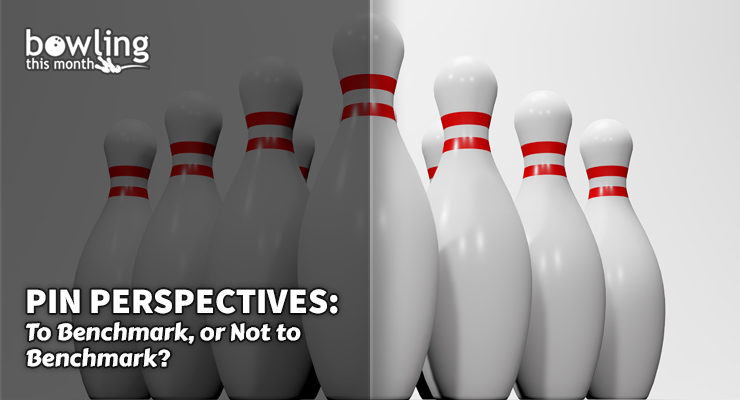Part of the joy of our sport is in purchasing new toys—ahem, new bowling balls—with which to attack the lanes as we start our league seasons. Borrowing Coach Tyrel Rose’s tool analogy discussed here and here, when we get the itch to buy new tools in day-to-day life, it’s often for an unusual or special-purpose tool. Sometimes, it’s a specialty pair of pliers, a wrench, or a fancy new battery-operated power tool.
Rarely, however, do we get excited about buying a new claw hammer. Often, that is the first tool we purchased, the one we use most often for a variety of tasks—some of which the tool was not designed for—and the one that usually lies in our toolbox, beat up and well-worn, waiting to be needed again. In this way, the so-called benchmark bowling ball is no different from a claw hammer.
Like all tools, since all of our bowling balls require maintenance, care, and eventually replacement when they have yielded their last strike, the start of the season is a great time to delve into the topic of benchmark bowling balls: what are they, do you need one, and when should you use it?
What is a benchmark ball?
A recent BTM tip about benchmark balls stated the following:
By definition, a benchmark is a standard against which you compare other similar things. In bowling, a benchmark reaction usually entails a medium hook and a medium amount of angularity at the breakpoint. A benchmark reaction also tends to be versatile and can be manipulated easily by bowlers who can adjust speed, axis rotation, and/or loft.
Benchmark balls tend to have symmetrical cores with lower RGs and medium to strong differentials. Often, benchmark reactions are created by solid reactive coverstocks that provide predictable motion and strong continuation downlane. Some bowlers will have a benchmark ball with different attributes, such as an asymmetrical core and/or a hybrid coverstock. Regardless of the exact ball, the goal is to have a reaction that helps you see the lanes well and provides versatility.
The benchmark ball is often the first one out of your bag.
So, a benchmark ball typically exhibits the following characteristics:
- A smooth reaction shape that provides pocket control.
- A predictable ball motion that allows bowlers to read the lanes more easily.
- Versatility on a wide variety of lane conditions and patterns; not a niche ball.
- Predictable responsiveness to physical release adjustments.
- Provides the bowler with mental game confidence due to all of the above; I call it your GOOT—Get Out Of Trouble ball!
While the typical benchmark ball is a solid symmetrical with medium hook and medium angularity, this is not universal. It is bowler-dependent based on what you, as the bowler, identify as a ...
This article is only available to Bowling This Month subscribers. Click below to get instant access to this article and all of our other premium instructional content.
Subscribe to Bowling This Month
Already a Bowling This Month subscriber? Click here to log in.
Image Credits: Bowling pins image (©iStock.com/Tilegen) is licensed for use by BTM and is the copyrighted property of its original creator.
